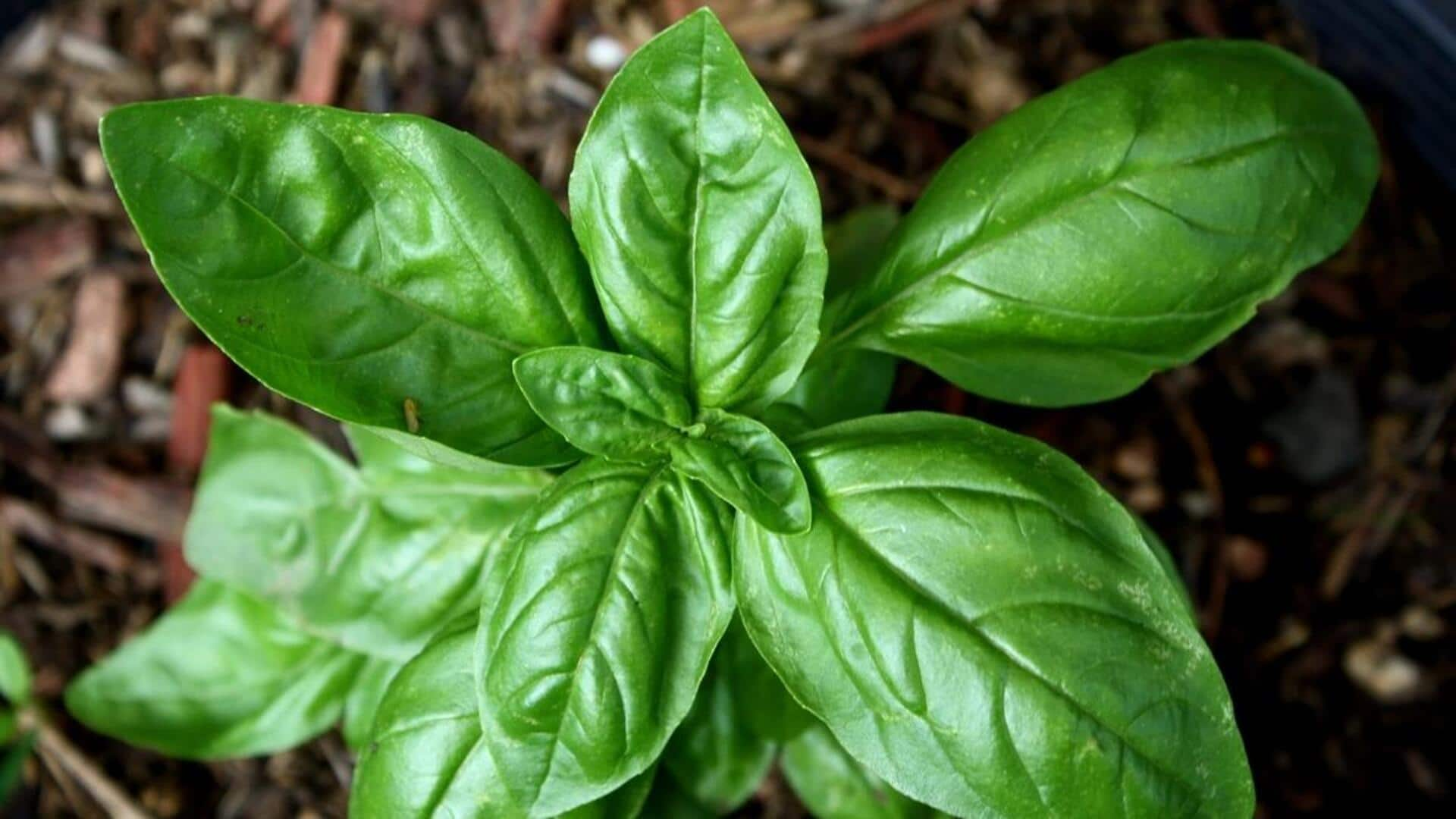
How to grow sweet basil at home
What's the story
If you love cooking with fresh herbs, growing sweet basil at home can be a great idea. This aromatic plant is not just easy to grow, but can also bring a delicious taste to your food. From large gardens to even a small balcony, sweet basil can flourish with proper care. Here are some useful tips and advice on growing sweet basil at home.
Location
Choosing the right location
Sweet basil does best in warm, sunny conditions. It needs at least six hours of sunlight every day, so pick a spot that gets plenty of natural light. If you're growing it indoors, keeping it next to a south-facing window works best. Make sure that the area is well-ventilated to avoid mold growth and other humidity-related problems.
Soil preparation
Preparing the soil
The soil for sweet basil should be well-draining and rich in organic matter. A pH level of six to seven would be ideal for its growth. You can improve soil quality by mixing in compost or aged manure, prior to planting. This will give them the essential nutrients to develop a healthy plant.
Watering
Watering techniques
While consistent watering is important for sweet basil's growth, over-watering can also cause root rot. It is best to water the plant when the top inch of soil feels dry to touch. Watering in early morning helps reduce evaporation loss and gives leaves enough time to dry before evening, minimizing risks of fungus.
Pruning
Pruning for better growth
Regular pruning also encourages bushier growth and prevents flowering, which can alter the flavor of the leaves. So, pinch off flower buds as soon as they appear and trim back stems regularly by cutting just above leaf nodes. This practice not only maintains plant health but increases yield over time.
Pest control
Pest management strategies
Sweet basil may attract pests such as aphids or whiteflies, but these can be controlled effectively without chemicals using natural means like introducing beneficial insects like ladybugs or applying neem oil solutions periodically on affected areas. Proper air circulation around plants also reduces pest infestations significantly!